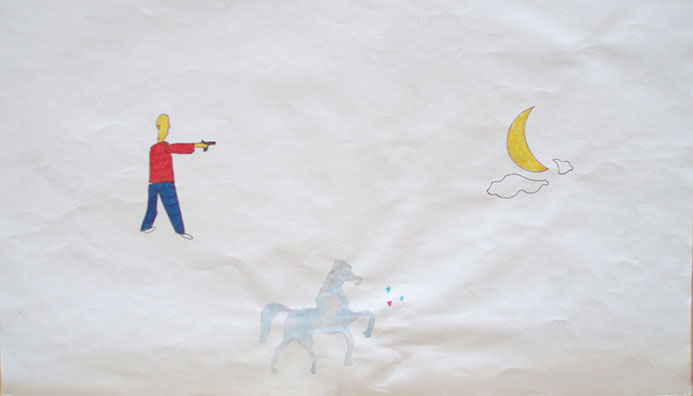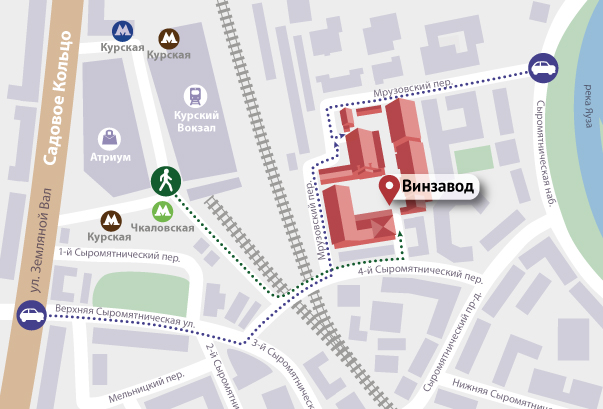It was not so long ago that drawing was a rare genre at contemporary art exhibitions. Its fortuity, optionality as well as a sense of belonging to a tradition left drawing practices in the background of experimental and monumental art. However, to go back to the roots of modernism, the place of a drawing in the hierarchy of art looks far more optimistic. In the late 19th century Baudelaire defined art practice as a balance between continuous immediacy and antique resoluteness trenching upon eternity. In such context contemporary drawing — that balances between chaos and order, professionalism and naïvety of a sketch — can be viewed as a key to understanding of contemporary art as an ongoing process.
The word unite used in various subcultures implies spiritual affinity, as fragile and spontaneous as it often is. Fear of strong feelings and loss of trust for consistency are peculiar to the world where flexibility and mobility are imposed as game rules.
Web-only friendship and mundanity compiled of thousands short messages stipulate the scale of our experiences and feelings. It is much easier to love the humankind in general rather than love an individual in particular, to befriend thousands of hardly known people rather than share a life with the best friend. The exhibition by Maria Doronina reflects upon the place of feelings in contemporary world as well as possibilities of human intimacy. The artist uses drawing as a media for documenting transient psychological conditions. Expressiveness of it is kept to the minimum required for art to exist. The viewer is confronted with stencil images, restrained child memories, automatic writing, fragments of phrases that seem to be pilfered from somebody else’s text messages. The narrative crumbles into multitude of petty stories, each of them trying to compensate insufficiency of the other. As if stricken with fever, Doronina examines various options to express something deeply personal by aesthetic means, from «monster» to more abstract «pain» and «cosmic love».
Distant thundering sky and canonical stories of the past serve as a background for beads of mundanity. Random frame from the history of great love. David Thewlis and Leonardo di Caprio holding glasses of absinthe. Fear of separation. Horror in the face of infinite disastrousness of nature that is found in the computer version of Aivazovsky’s painting. Pre-historical instruments of labor that are recognizable in the glassy shine of a diamond bought on the flee market.
In her project Maria Doronina tries to describe contemporaneity by means of poetry and find the place for art in the modern world. Reflection upon symbolism and aesthetisation of death, that is the diagnosis she makes. Only premonition of a disaster or even longing for it becomes the only possible hope for the new world.






Arseniy Zhilyaev
The exposition of Maria Doronina is a reflection about the place of feelings and possibility of human intimacy today. The artist used the medium of drawing for fixing the fleeting mental States. The expressiveness of the language is reduced to the minimum necessary for the implementation of the art.
For press